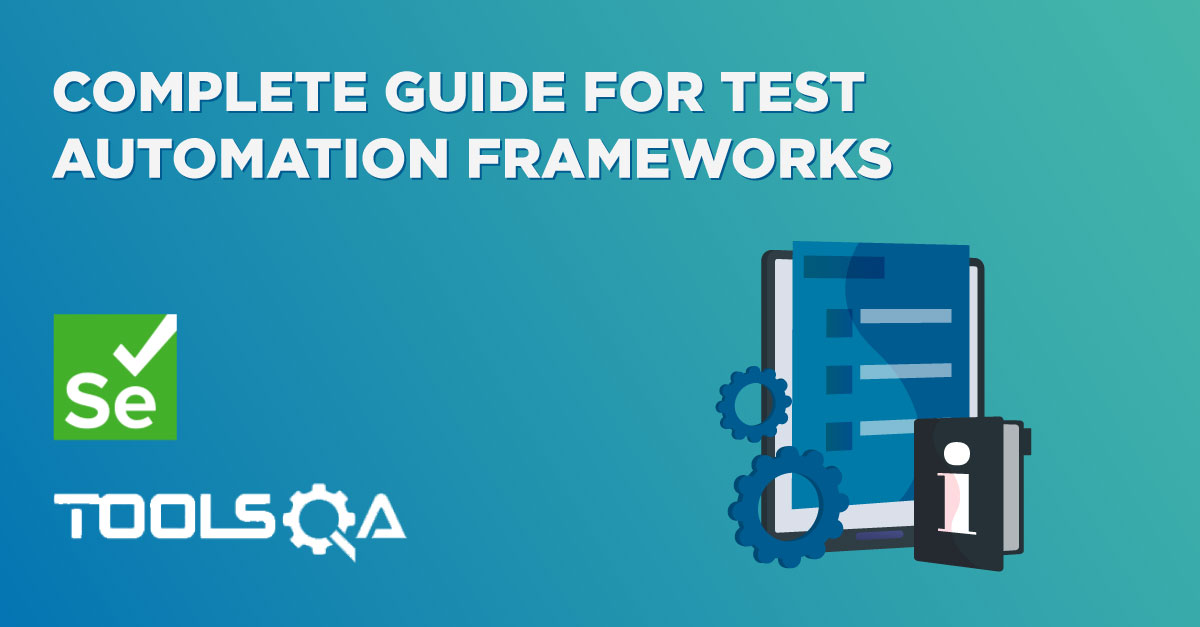1. What is an alert?
An alert is a Javascript function which is used to notify users on a Web page. It displays a dialog with a specified message and OK/Cancel buttons.
The alert is a modal dialog that takes the focus away from the current window and forces the user to take action before performing other actions. It also prevents the user from accessing other parts of the page until the user performs the action presented in the dialog. For example, when the user clicks on the “Delete” button, an alert would be triggered asking user ‘Are you sure, you want to delete?’ The user has to take action on this dialog.
Such alerts can be handled using Katalon Studio built-in keywords. This tutorial shows how to do so with HTML examples. You can get the HTML by clicking here.
2. Handle Alerts using Katalon Studio
2.1. Handle Accept Alert
This alert method is used to confirm an action performed by the user. You can handle this method either in the manual or script modes.
Manual Mode
- Step 1: Launching the browser navigating to Alert present page by Open Browser method
- Step 2: Maximize the window of the browser with Maximize window
- Step 3: Clicking on button
- Step 4: Call the Accept alert method

Script Mode
import static com.kms.katalon.core.testobject.ObjectRepository.findTestObject
import com.kms.katalon.core.webui.keyword.WebUiBuiltInKeywords as WebUI
'Launching the browser navigating to Alert present page\r\n'
WebUI.openBrowser('C:\\\\Users\\\\User\\\\Desktop\\\\How to Handle Alerts.html')
'Maximize the window of the browser'
WebUI.maximizeWindow()
'Clicking on button'
WebUI.click(findTestObject('Alerts/button_ClickHere'))
'Accepting the Alert'
WebUI.acceptAlert()
2.2. Handle Dismiss Alert
This alert method is used to ask the user to cancel something.
Manual Mode
- Step 1: Launching the browser navigating to Alert present page by Open Browser method
- Step 2: Maximize the window of the browser with Maximize window
- Step 3: Clicking on button
- Step 4: Call the Dismiss alert method

Script Mode
import static com.kms.katalon.core.testobject.ObjectRepository.findTestObject
import com.kms.katalon.core.webui.keyword.WebUiBuiltInKeywords as WebUI
'Launching the browser navigating to Alert present page\r\n'
WebUI.openBrowser('C:\\\\Users\\\\User\\\\Desktop\\Alerts\\How to Handle Alerts2.html')
'Maximize the window of the browser'
WebUI.maximizeWindow()
'Clicking on button'
WebUI.click(findTestObject('Alerts/button_ClickHere'))
'Dismiss the Alert '
WebUI.dismissAlert()
2.3. Send data to an alert dialog
We can pass text to an Alert text message by using the sendKeys() method.
Manual Mode
- Step 1: Launching the browser navigating to Alert present page by Open Browser method
- Step 2: Maximize the window of the browser with Maximize window
- Step 3: Clicking on button
- Step 4: By sendKeys method passing the Text to an Alert

Script Mode
import static com.kms.katalon.core.testobject.ObjectRepository.findTestObject
import org.openqa.selenium.WebDriver as WebDriver
import com.kms.katalon.core.webui.driver.DriverFactory as DriverFactory
import com.kms.katalon.core.webui.keyword.WebUiBuiltInKeywords as WebUI
'Launching the browser navigating to Alert present page\r\n'
WebUI.openBrowser('C:\\\\Users\\\\User\\\\Desktop\\Alerts\\How to Handle Alerts2.html')
'Maximize the window of the browser'
WebUI.maximizeWindow()
'Clicking on button'
WebUI.click(findTestObject('Alerts/button_ClickHere'))
WebDriver driver = DriverFactory.getWebDriver()
'Passing the text in the text box in the Alert\r\n'
driver.switchTo().alert().sendKeys('Testing')
'Dismiss the Alert'
WebUI.dismissAlert()
2.4. Capture the alert message
We can capture the message on Alert by using the getText() method.
Manual Mode
- Step 1: Launching the browser navigating to Alert present page by Open Browser method
- Step 2: Maximize the window of the browser with Maximize window
- Step 3: Clicking on button
- Step 4: Getting the text from the alert and storing it in Variable
- Step 5: Verifying the Actual and Expected text from Alert

Script Mode
import static com.kms.katalon.core.testobject.ObjectRepository.findTestObject
import org.openqa.selenium.WebDriver as WebDriver
import com.kms.katalon.core.webui.driver.DriverFactory as DriverFactory
import com.kms.katalon.core.webui.keyword.WebUiBuiltInKeywords as WebUI
'Launching the browser'
WebUI.openBrowser('C:\\\\Users\\\\User\\\\Desktop\\Alerts\\How to Handle Alerts2.html')
'Maximize the window of the browser'
WebUI.maximizeWindow()
'Clicking on the click here button'
WebUI.click(findTestObject('Alerts/button_ClickHere'))
WebDriver driver = DriverFactory.getWebDriver()
'Getting the text from the alert and storing it in Variable'
String AlertText = driver.switchTo().alert().getText()
'Verifying the Actual and Expected text from Alert'
WebUI.verifyEqual(AlertText, 'Please enter your name')
The source code is available to be downloaded here.
For further instructions and help, refer to WebUI Alert and Solving pop-up dialog issue with Katalon Studio.






